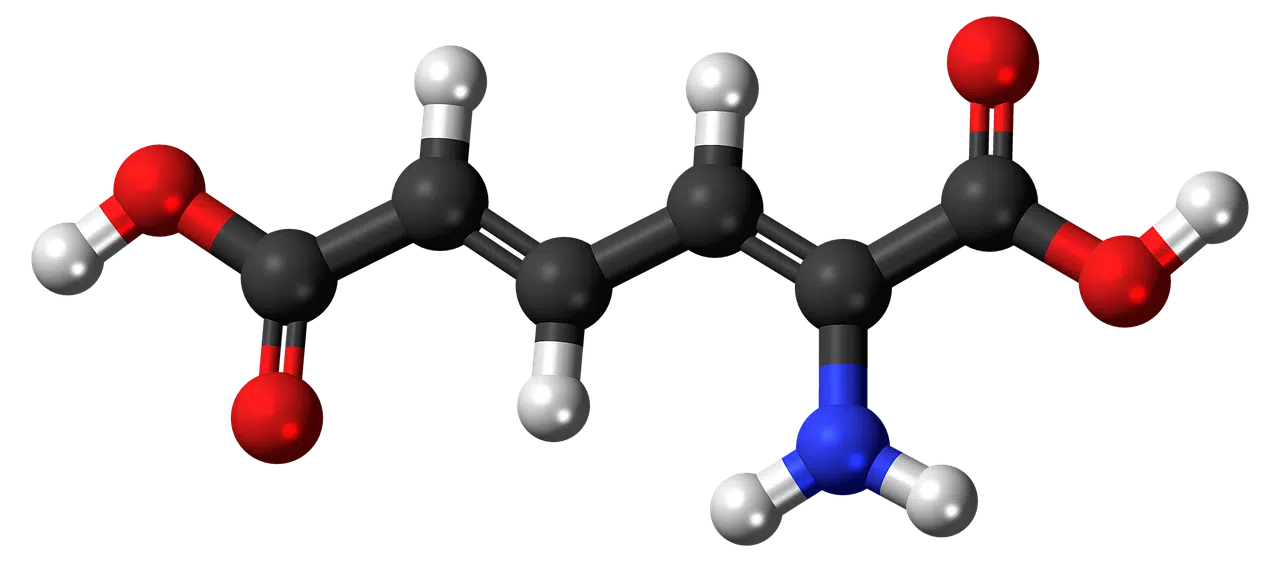
Anabolism allows the synthesis of complex molecules through simpler ones.
Anabolism is a concept referring to a series of metabolic processes that involves the synthesis of different complex molecules through other more simple molecules. Anabolism, in this way, consists of the synthesis of certain biomolecules from molecules that, in comparison, are simpler.
The process requires reducing power and the development of endergonic reactions . The reducing power refers to the transfer of protons and electrons carried out by the coenzymes, generating the endergonic reaction that represents an increase in free energy so that the processes of anabolism can be carried out.
What is anabolism
It can be said that anabolism allows complex molecules to be obtained from simpler molecules in a process that requires the use of energy. Anabolism, in this way, makes it possible to create proteins from amino acids and the molecules that are needed for the development of new cells.
The opposite processes of anabolism, which in turn are complementary, are called catabolism . Catabolism allows the transformation of more complex biomolecules into simpler ones.

Anabolics are products that increase the intensity of anabolism.
Its functions
Among the functions of anabolism, we can highlight the following:
- Increase muscle mass .
- Manufacture the body's tissues and cellular components. In other words, it is possible to say that the growth of living beings takes place thanks to anabolism .
- Store energy in organic molecules (such as triglycerides, glycogen and starch) through chemical bonds.
With respect to obtaining energy, cells do so from the environment , and to do so they use three very different sources, which are the following:
- Sunlight, as can be seen in the photosynthesis carried out by plants.
- Other organic compounds, a resource that heterotrophic organisms take advantage of.
- Inorganic compounds, as in the case of chemolithotrophic bacteria, which can be heterotrophic or autotrophic.
Types of anabolism
This leads us to the distinction between two types of anabolism: autotroph and heterotroph. Autotrophic anabolism is known as that which is carried out through chemosynthesis or photosynthesis; The first can only be carried out by some bacteria, while photosynthesis can be observed in algae, plants, photosynthetic bacteria and cyanobacteria. Autotrophic organisms do not need others to survive; However, they are responsible for the life of heterotrophic organisms.
On the other hand, there is the concept of heterotrophic anabolism , the metabolic process through which complex molecules are formed from precursors or simple molecules. Chemical precursors are understood to be those substances necessary for the production of others; For example, to form vinegar, ethyl alcohol is needed, which is considered a precursor to acetic acid.
The origin of the precursors can be: the catabolism that both autotrophic and heterotrophic cells carry out of reserve substances; photosynthesis ; chemosynthesis; or the digestion of organic compounds, carried out by heterotrophic cells. It is important to note that anabolism is not an oxidation process, like catabolism, but rather a reduction process .
In heterotrophic anabolism you can see a first phase in which the biosynthesis of monomers takes place and then one in which the biosynthesis of polymers takes place starting from said monomers.
Anabolic products
Those products that increase the intensity of anabolism, favoring development and growth, are known as anabolic or anabolic .
There are natural anabolics, such as vitamins , and others synthesized in laboratories, such as steroids that are anabolic androgens (used, despite their adverse effects, by athletes who want to gain muscle mass).
